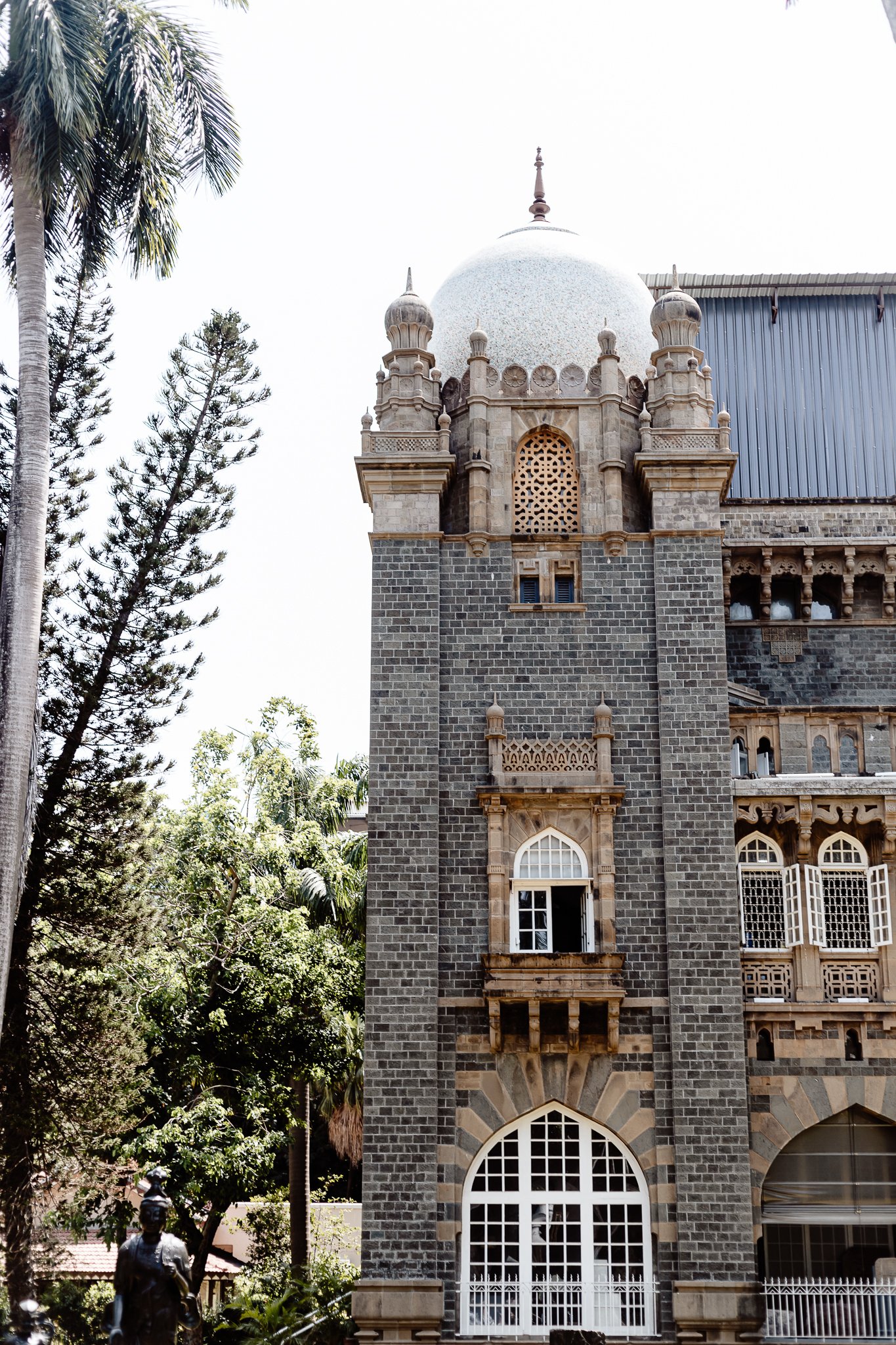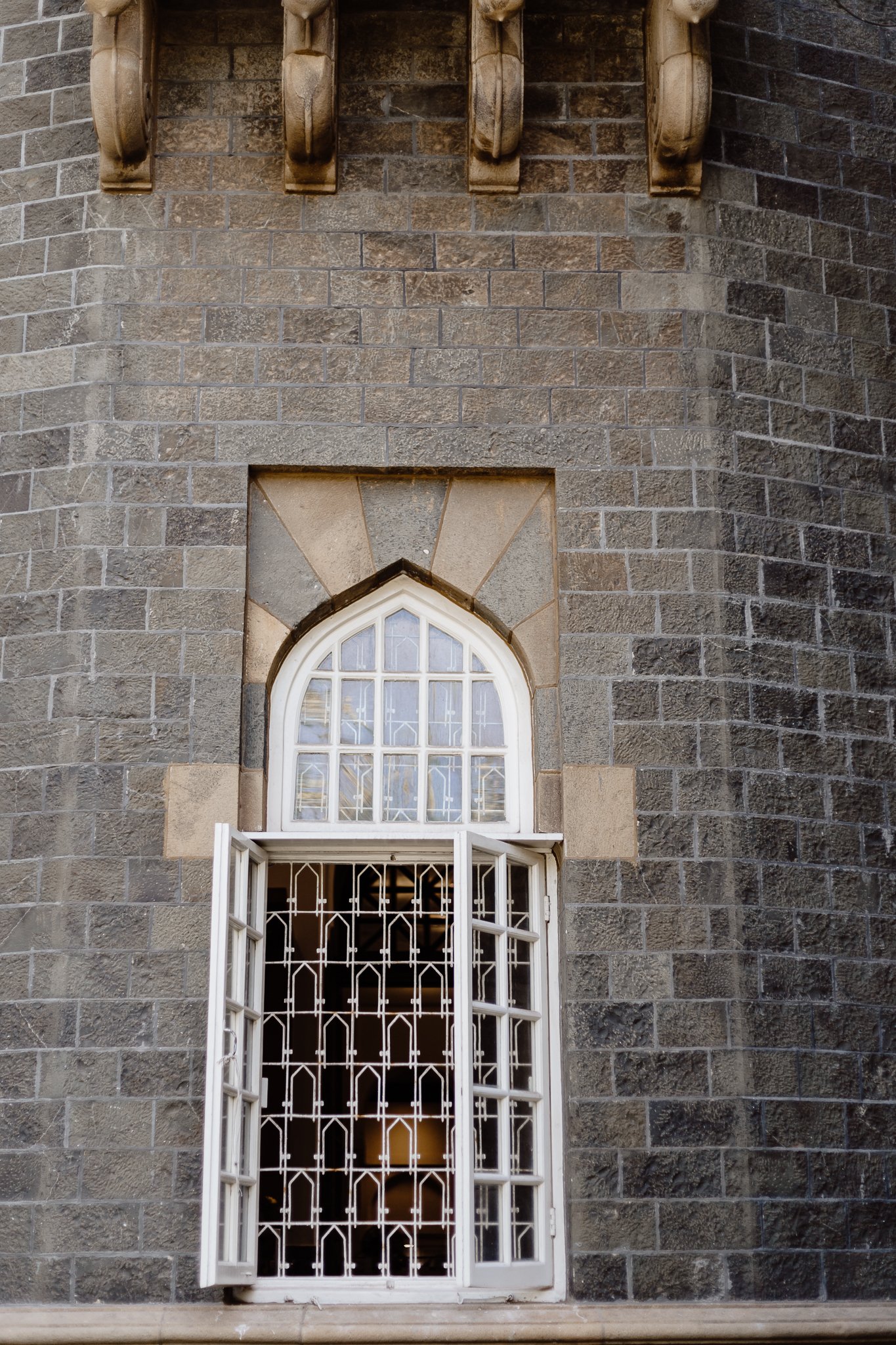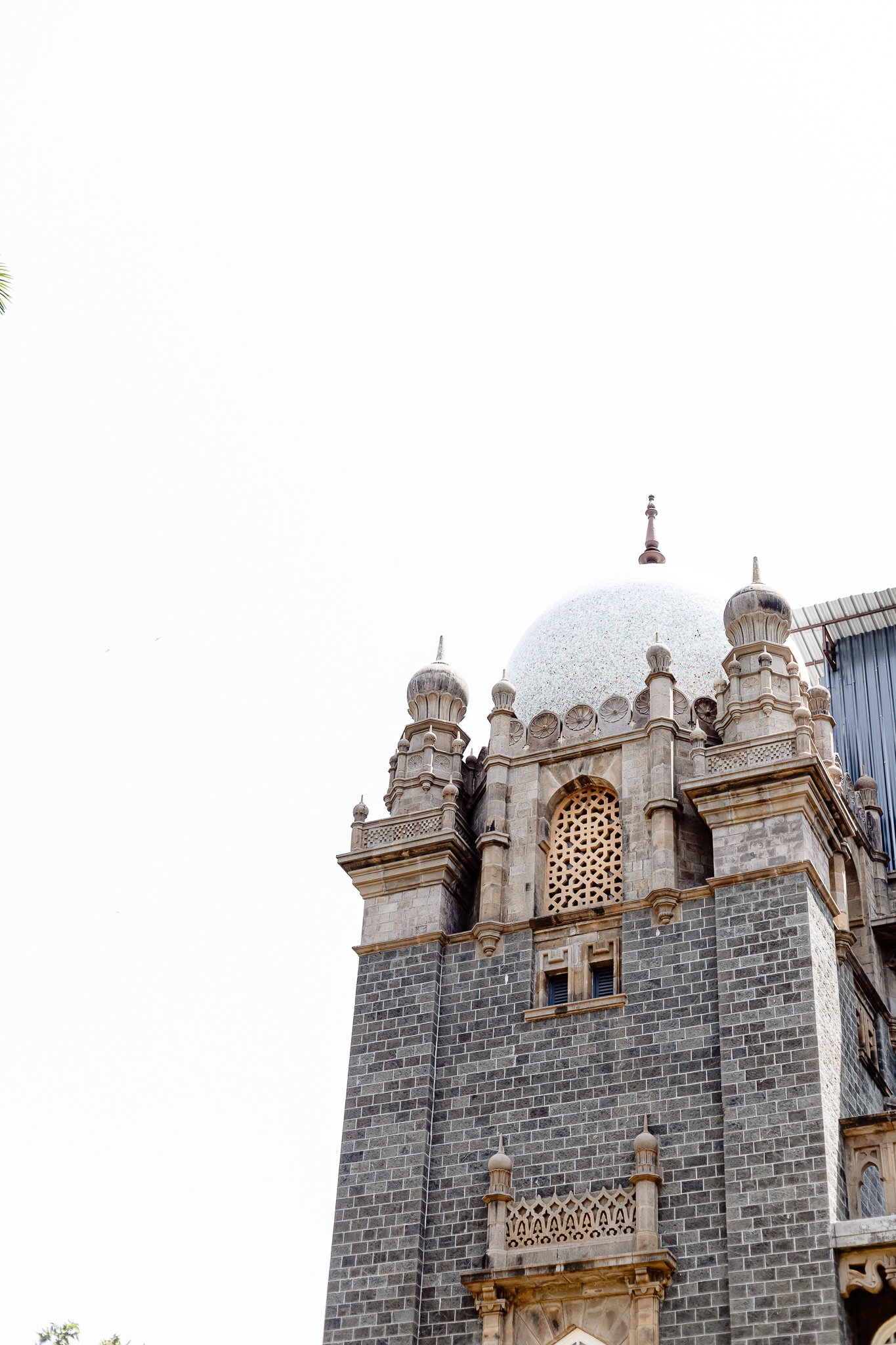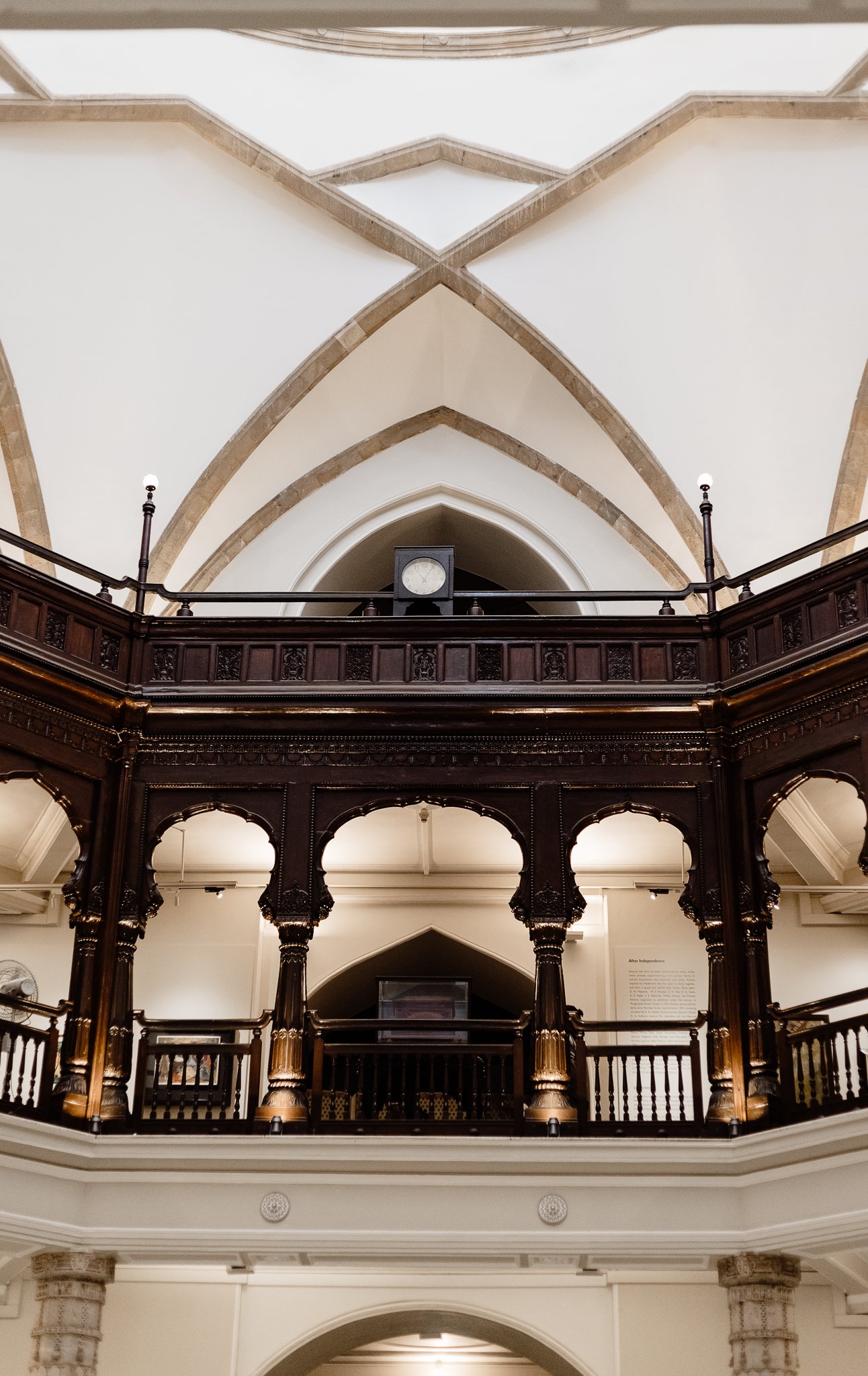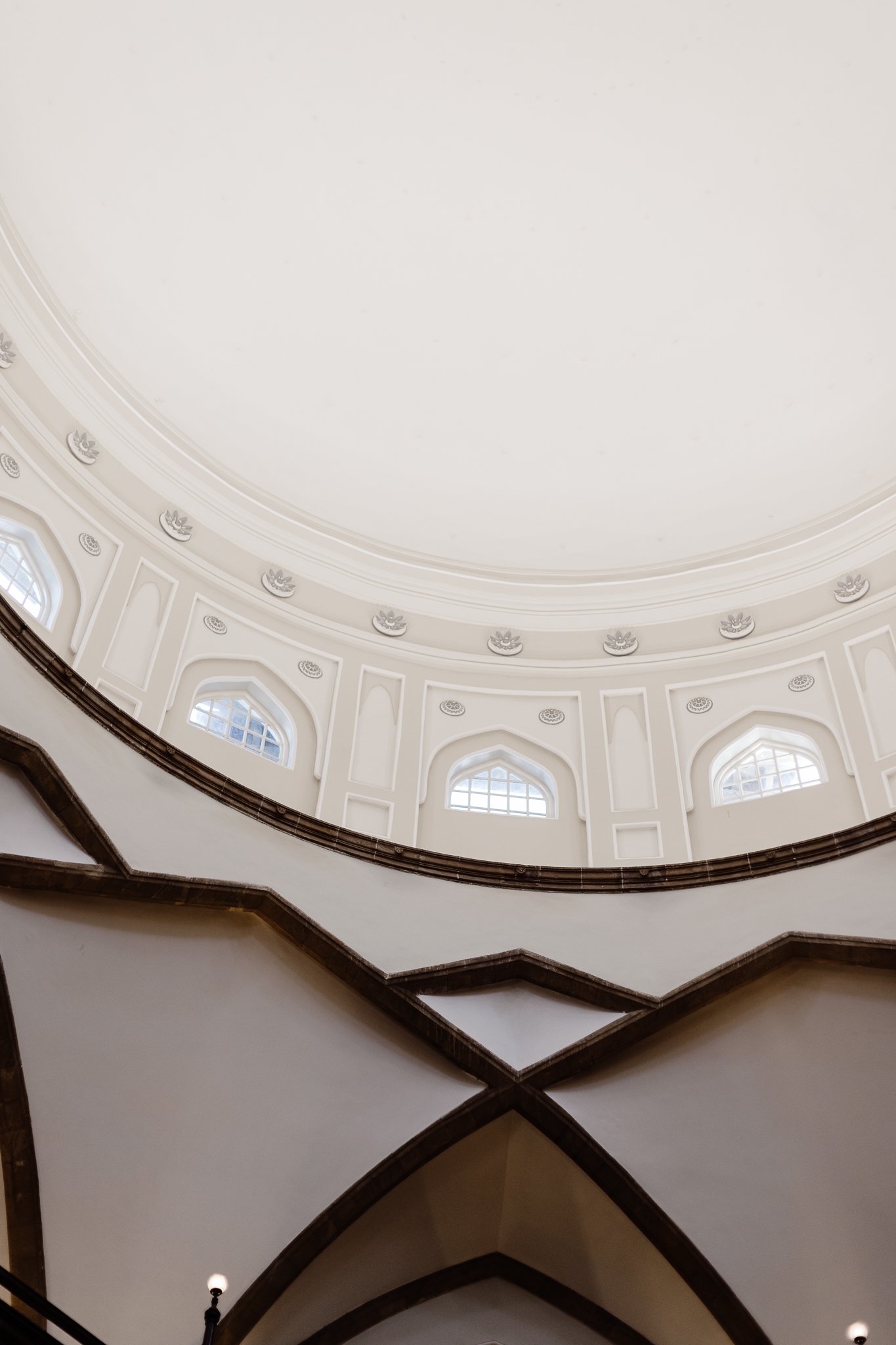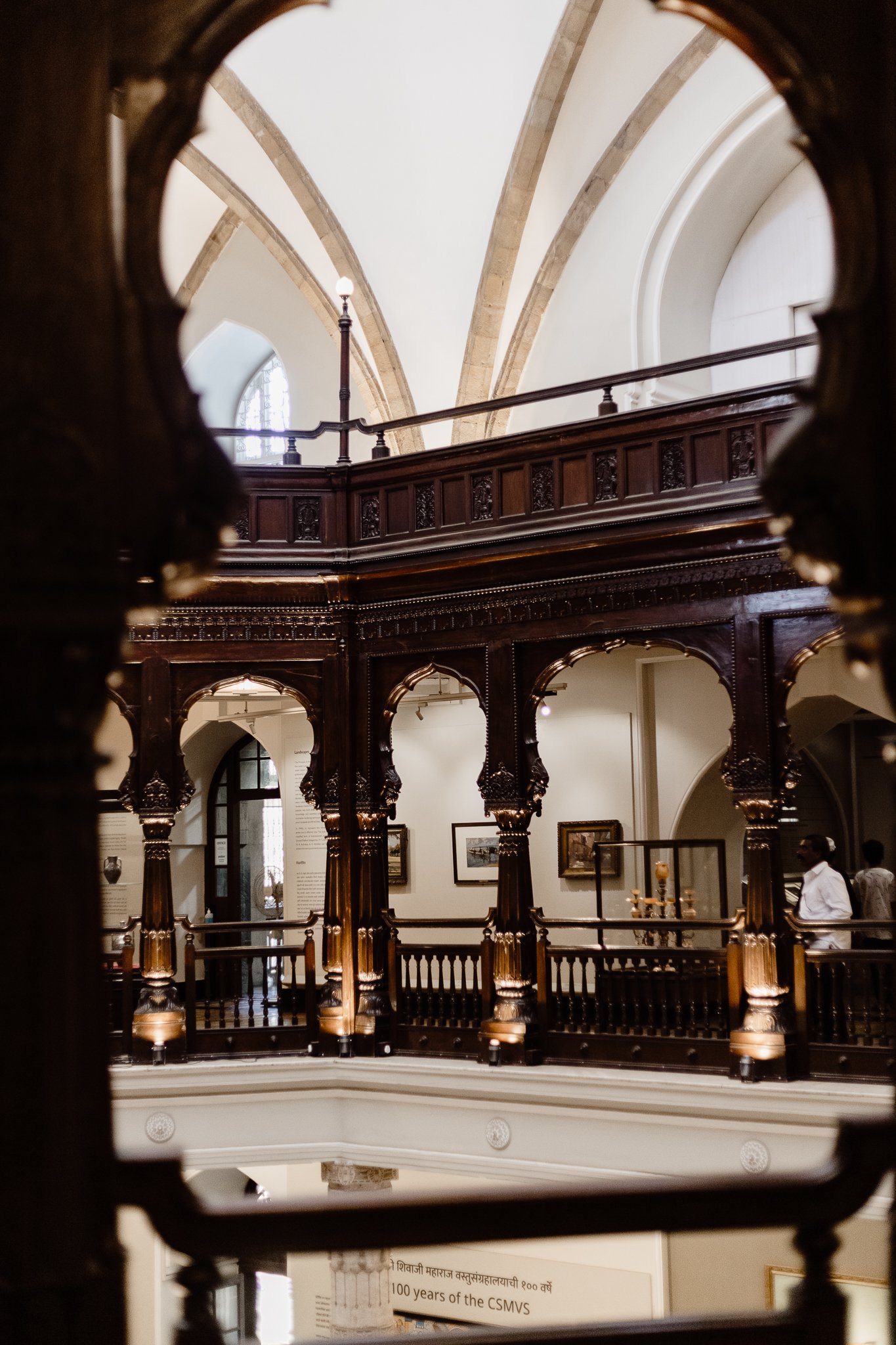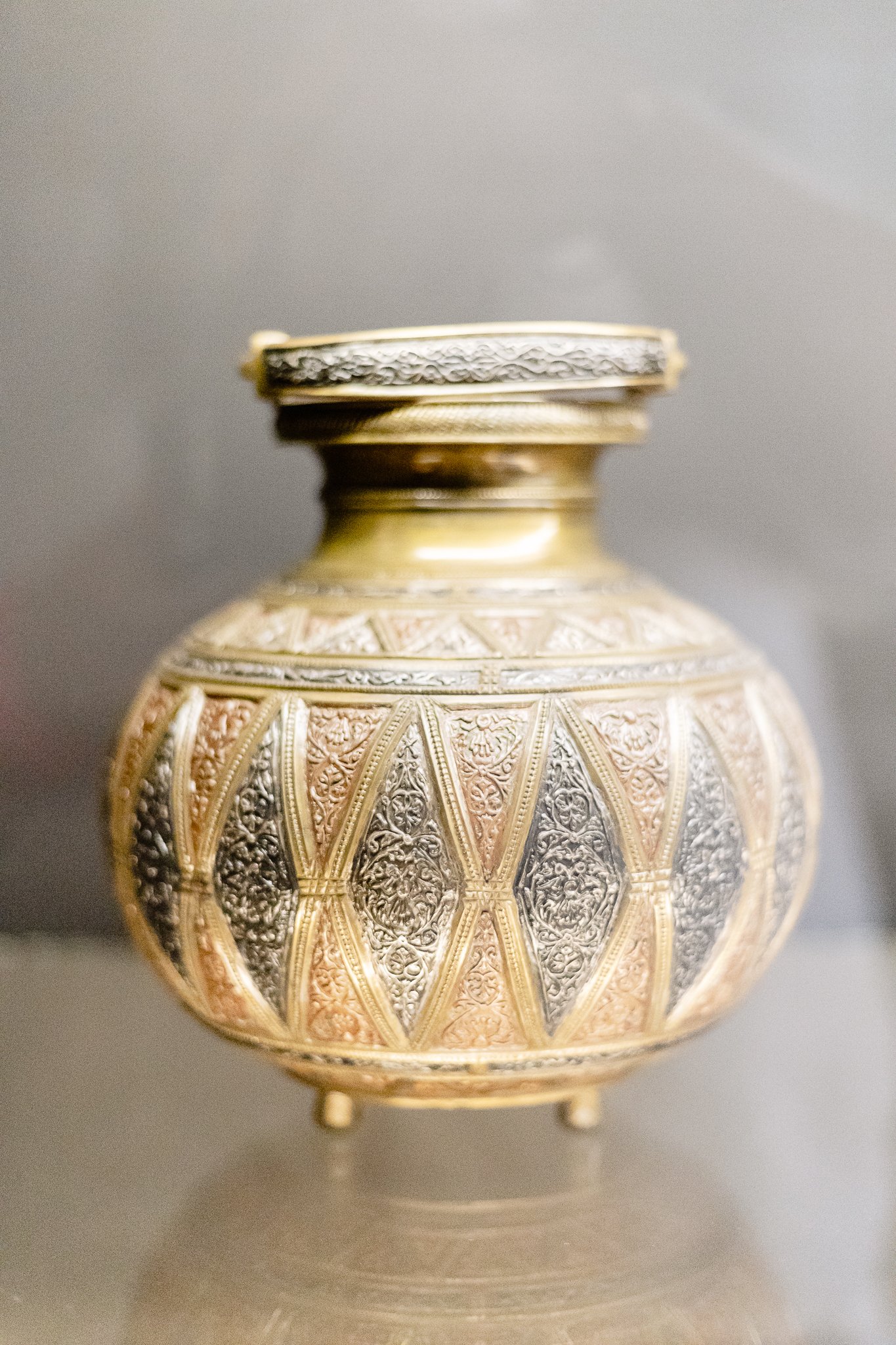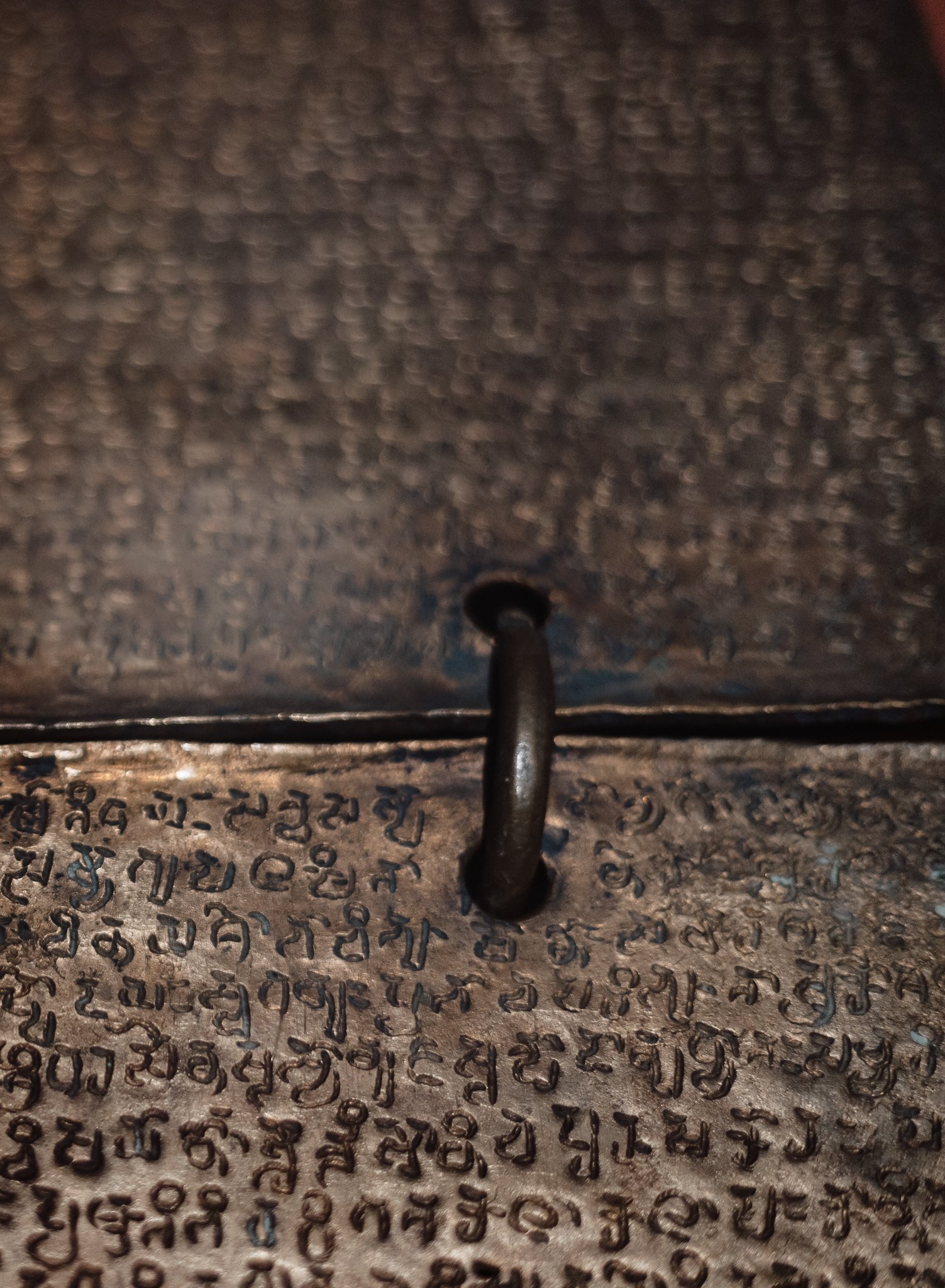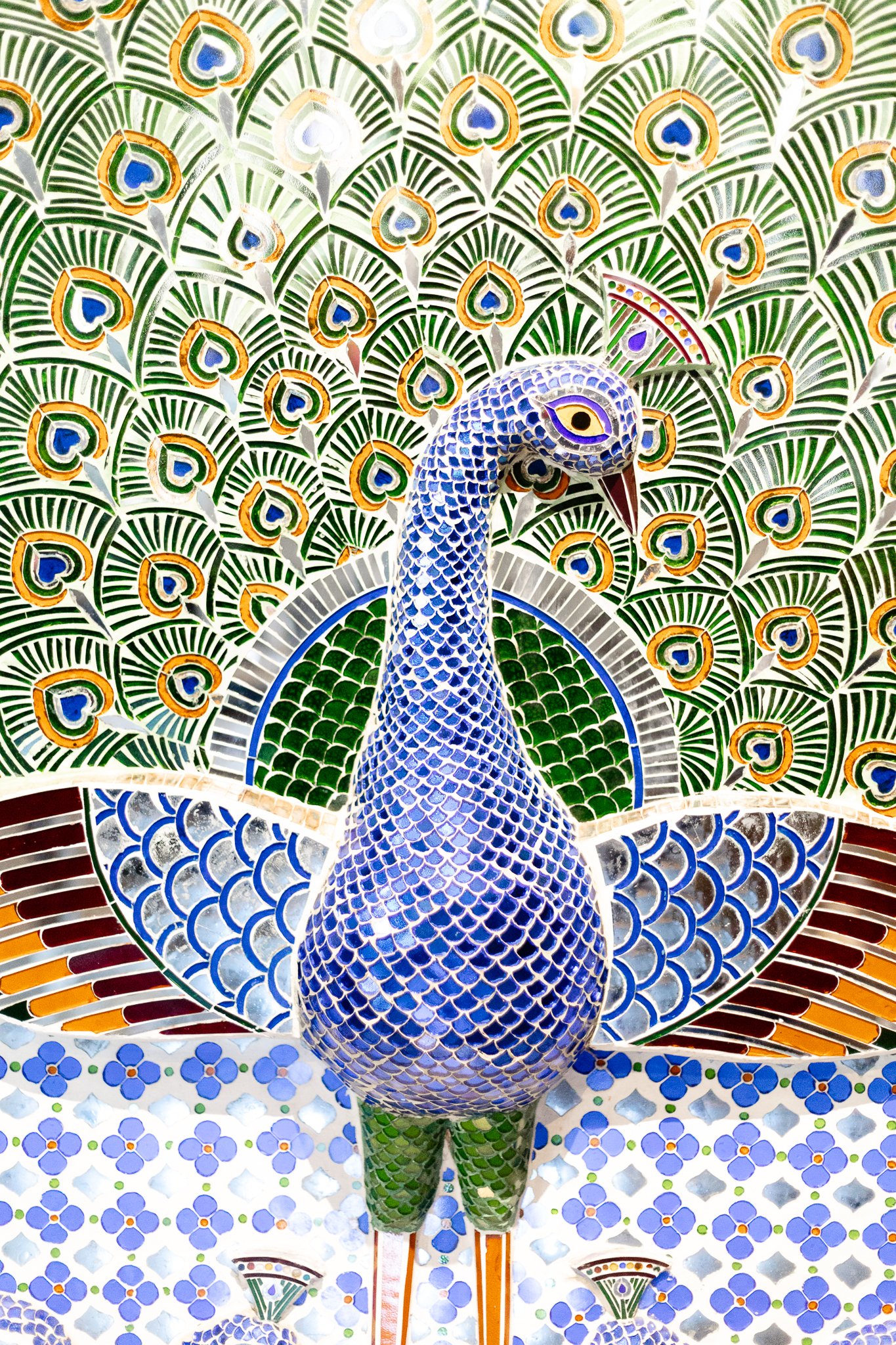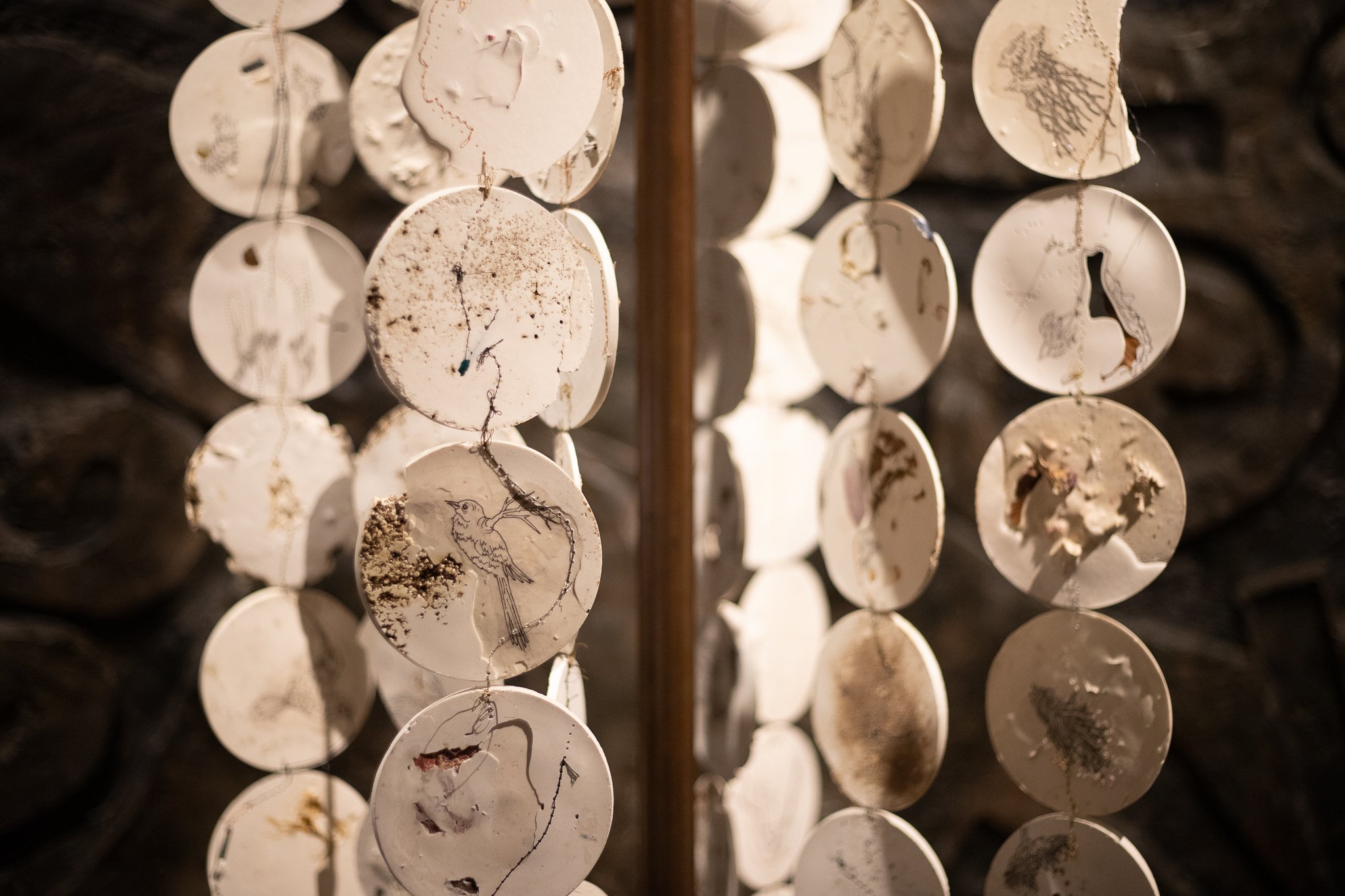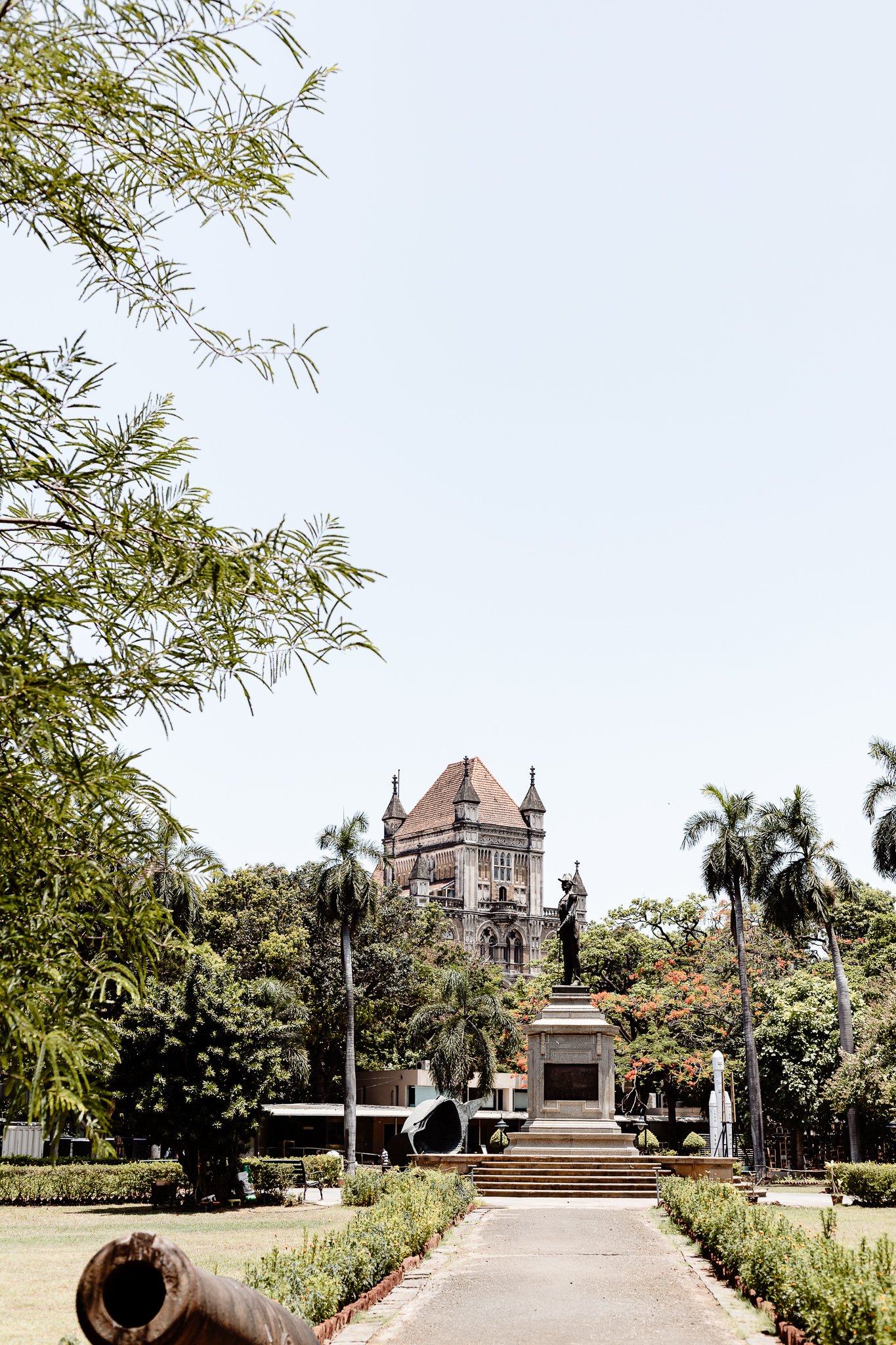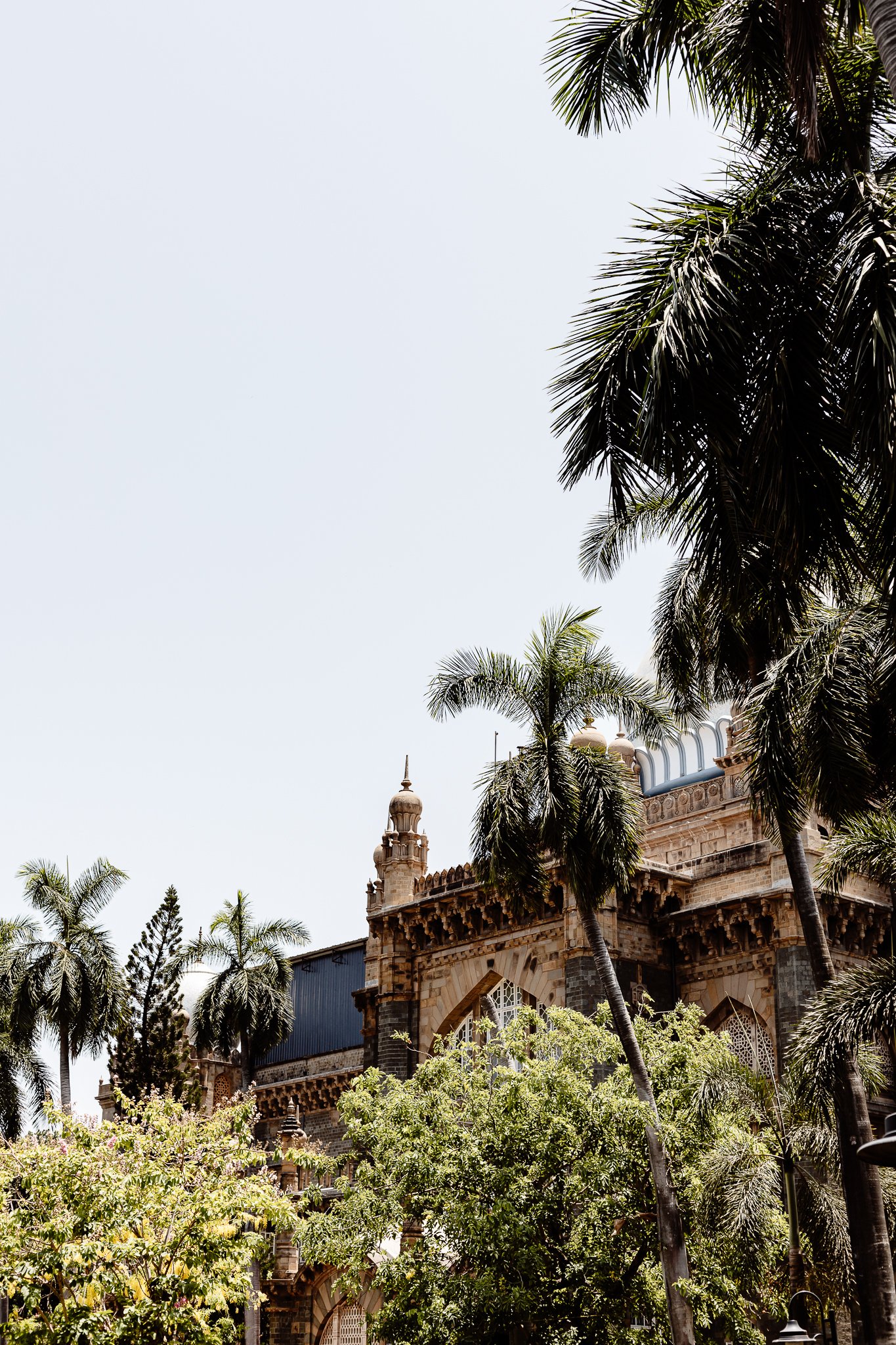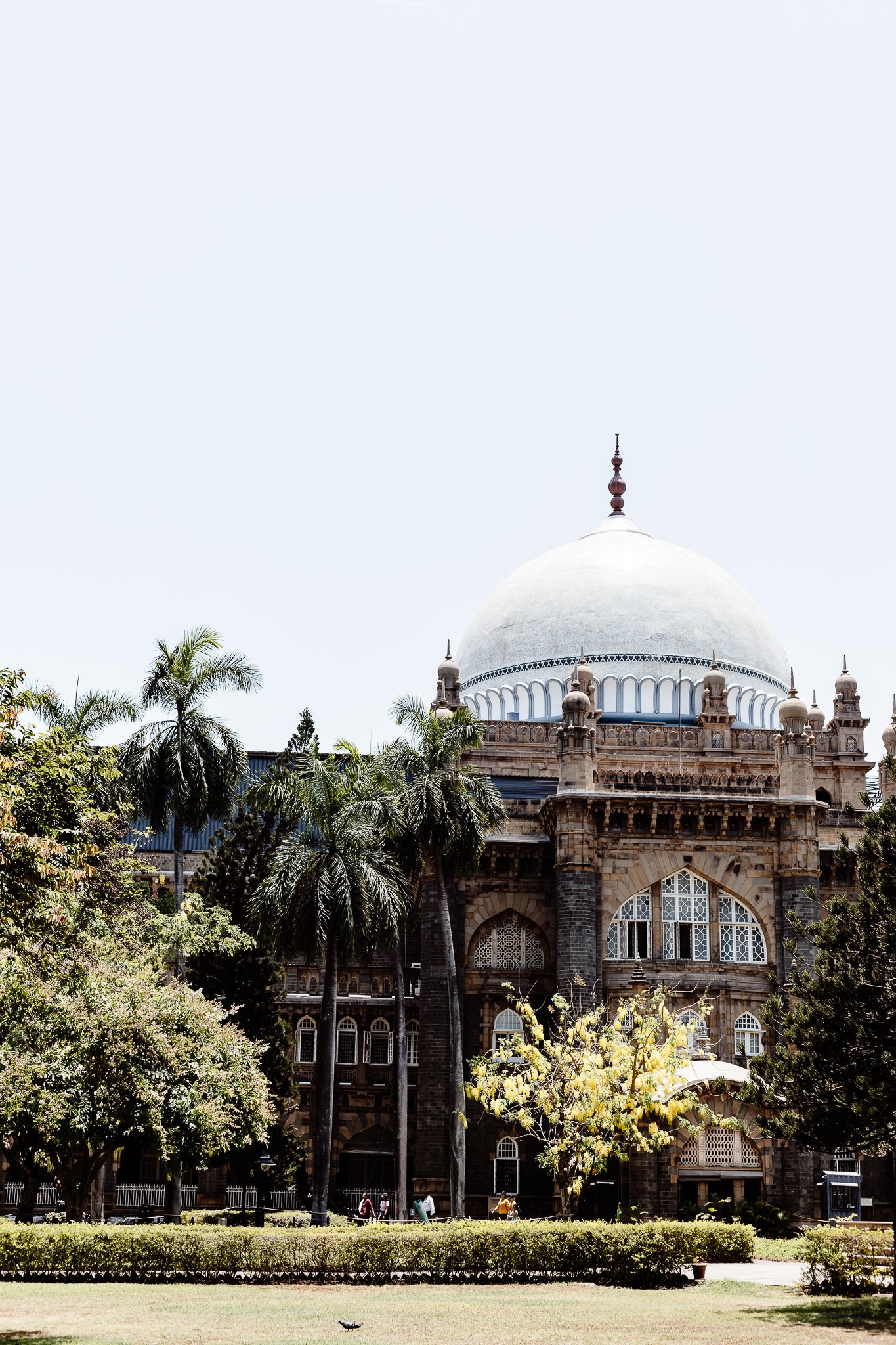Exploring History and Art at Chhatrapati Shivaji Maharaj Vastu Sangrahalaya (CSMVS) Museum in Mumbai
Mumbai’s CSMVS Museum is constructed in the Indo-Saracenic architectural style.
Mumbai, the bustling metropolis on the western coast of India, is renowned for its rich cultural heritage, architecture, and vibrant lifestyle. Amidst the bustle of this city, lies a hidden gem that encapsulates the essence of Indian history and art; the Chhatrapati Shivaji Maharaj Vastu Sangrahalaya (CSMVS) Museum. Positioned in Fort, a stone’s throw from the Gateway to India, this stunning building feels like a time capsule for more than one reason.
Wherever we go, I always try to seek out a museum: history has always fascinated me, and I love pouring over artefacts.
But what I also love about museums, is that they can take a number of hours to explore, so a great way to fill time; and depending on where you are, you can always rely on these spaces to be adequately heated or air-conditioned. (Obviously, we were hoping for the latter.)
As we clambered out of our Uber at the entrance in the sticky heat, I was a bit speechless. The building is Indo-Saracenic in its style; there’s a clear British influence in its foundations, but it’s also infused with Mughal, Maratha, and Jain elements. Flanked by tall palm trees and tropical plants, it felt completely regal and other-worldly.
Formerly known as the Prince of Wales Museum, it was founded in the early 20th century during British rule (when the city was then known as Bombay), to commemorate the Prince’s visit in 1905.
It was the quietest place we visited in Mumbai. Locals could gain access for as little as 35₹ for children up to 15 years old (.65c), and regular adults 150₹ ($2.75 AUD).
As ‘Foreign Visitors’, our tickets cost 700₹ each ($12.80 AUD), and to bring my camera in with me cost an additional 200₹ ($3.65). All up, just shy of $30 for both of us to enter. Not that bad, but no different to the Melbourne Museum ($10-15 per person) – again proving my point in my previous post, that in many ways, India isn’t necessarily ‘cheap’ to visit as a tourist.
We decided to visit shortly after opening (10:00 AM local time) which was a very sensible choice. (You’ll probably notice there’s hardly any people in my photographs! That’s intentional, but most of my photos were captured early before the bustle.)
As we strolled up to the entrance, I was amazed by the ornate white shutters and started clicking away. It only then occurred to me that they were all open. My hopes and dreams of air-conditioning were quickly shattered! However, my mind quickly wandered to over a century ago, with colonial women in long skirts with petticoats and corsets, wandering these same grounds, experiencing the same heat with no reprieve. The open shutters were an echo of another time.
The grand entrance guided our eyes upwards, to the dome ceiling. From this central hall, there were several entrances to adjoining rooms and a grand staircase to exhibits on the second floor. The artistry in the woodwork was phenomenal.
Many museums I’ve been into are either quiet, or have this hum of considered chatter. But this of course, is India. Noise ricochetted against the expansive rooms, with children squealing and chasing each other, shoes clapping against the floor, while families shouted to each other (in frustration or general conversation, I could never tell).
Ceiling and wall fans fluffed hot air around the space, and I felt the sweat rolling down my back as we wandered through the exhibits. I had more sympathy for Haavard, who had our backpack on his front. We routinely wiped the slick moisture from our brows and eyes as we read some of the informational cards.
The museum boasts a collection of over 50,000 exhibits, showcasing various forms of art, archaeology, and natural history. From ancient sculptures and intricate textiles, to exquisite paintings and rare manuscripts, every corner of the museum held wonderful treasures. Among my favourites were the centuries’ old etched metal vessels (one pictured below), an ancient brass tablet, the incredible peacock mosaic, and the coin and jewellery collection spanning centuries (this was also one of two sections air-conditioned in the building!).
Another significant section of the museum is dedicated to the archaeology of ancient India, where we marvelled at sculptures and artefacts from civilisations like the Indus Valley, Maurya, and Gupta periods.
There was also an Egyptian gallery, with a mummy and its sarcophagi, and other ancient Egyptian artefacts – however, this wasn’t the museum’s calling-card, especially comparatively to others I’ve been to like the British Museum (who contentiously pillaged and plundered, but subsequently have a collection that is hard to describe in words).
One of the highlights of CSMVS is its collection of Indian miniature paintings and photographs, which offer a glimpse into the rich artistic traditions of different regions across the country. These intricate and detailed artworks depict mythological tales, court scenes, and everyday life, showcasing the immense skill and creativity of the artists. There is also a gallery that documents the evolution of Bombay/Mumbai, and I always love seeing different versions of cities over the years.
In addition to the historical and art collections, the museum also houses a vast natural history section. Here, we explored the diversity of India's flora and fauna, with exhibits ranging from taxidermy animals to geological specimens. (While I find these sorts of exhibits incredibly insightful, I’m always slightly unnerved by the taxidermy!)
The museum also has a dedicated children's section called the ‘Children's Museum’, which aims to encourage local interest in art, culture, and history through interactive displays and activities. This engaging space encourages children to explore, learn, and develop a lifelong appreciation for art and heritage. I had a huge amount of respect for CSMVS endeavouring to make the museum so accessible to locals through affordable tickets and initiatives like this part of the museum.
One of my favourite aspects of the museum however, was its amazing Masters: A Glimpse of European Arts Collection. What Haavard and I found most fascinating about this collection, was that most works were owned by the TATA trust (more on this family in a post coming soon). There was even a portrait of Abraham Lincoln! I’ve never seen one in person, so it felt quite bizarre to come across one in India of all places.
Beyond the captivating exhibits, the museum offers a serene and picturesque environment. The beautifully landscaped gardens surrounding the building provide a welcome respite from the bustling city. We strolled through the garden on our way out, and enjoyed the tropical plants and lovely atmosphere.
A visit to the Chhatrapati Shivaji Maharaj Vastu Sangrahalaya museum in Mumbai is a journey through time, art, and culture. With its diverse collections, interactive exhibitions, and tranquil surroundings, the museum offers a unique and enriching experience for visitors of all backgrounds. Whether you are a history nerd (like me!), an art enthusiast, or someone seeking a deeper connection with India's vibrant heritage, if you’re visiting Mumbai, this museum is a must visit!
Thanks for reading!

